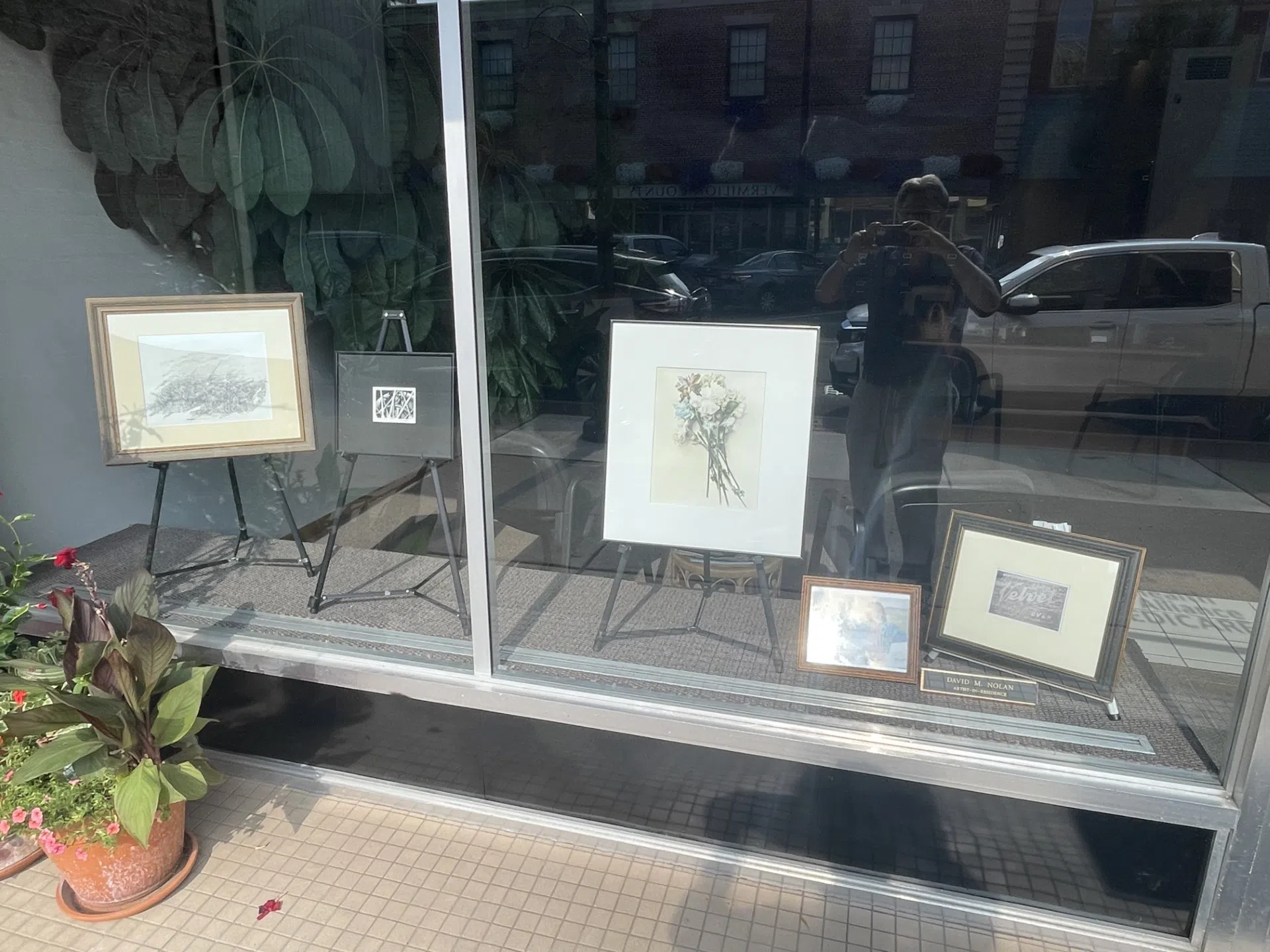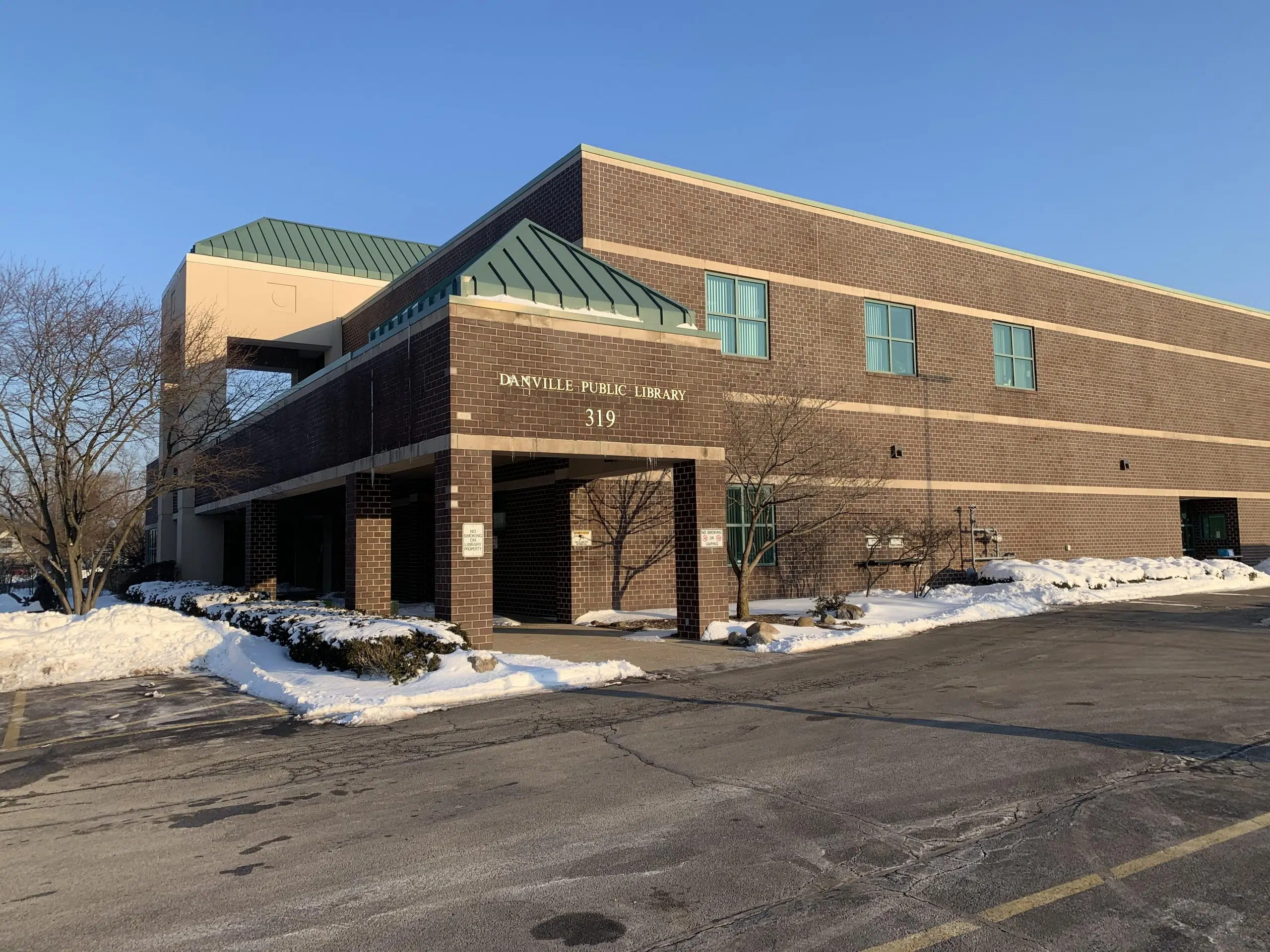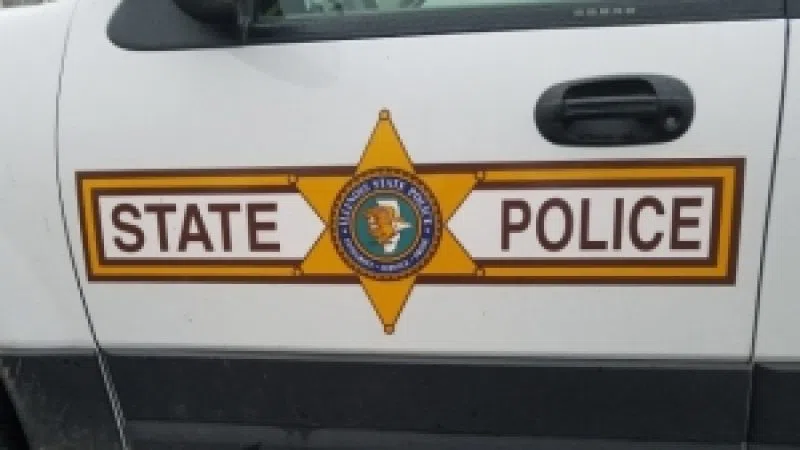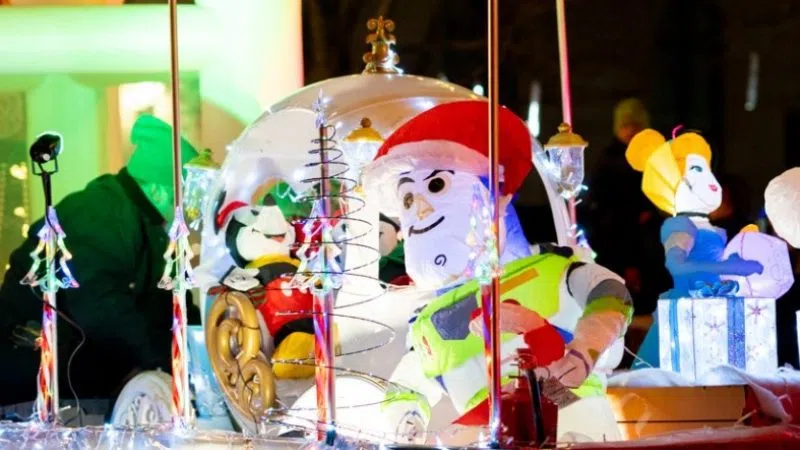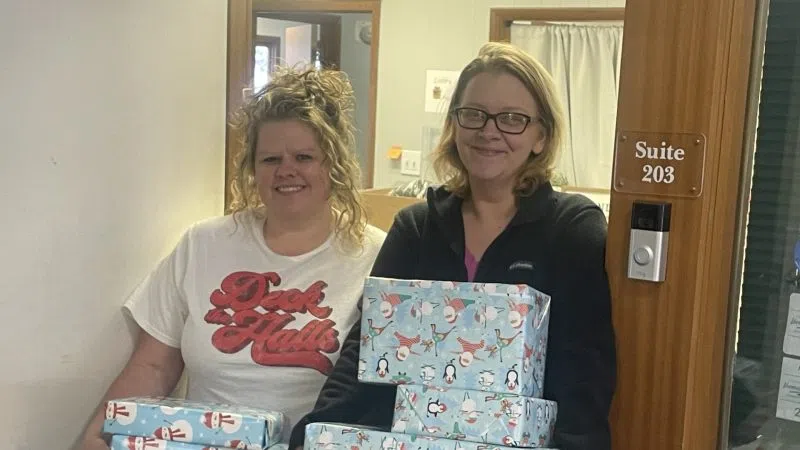THE FOLLOWING IS AN ALLEY GALLERY RELEASE
The Alley Gallery, located at 113 N. Vermilion Street, Danville, Illinois invites the public to an opening reception on Saturday, August 3, to view a retrospective exhibition of the works of local photographer David M. Nolan. The event will be held from 2:00 to 5:00 PM. In addition to items for sale, it was Nolan’s wish to offer a selection of his 8 by 10 photos for free to make his art accessible to all. Following the reception, the exhibition may be viewed by appointment by calling (217) 497-2293. Proceeds from any sales will be donated to the John Philip Sousa Archives at the University of Illinois to support the preservation of Nolan’s artworks and personal papers in the collection.
During his lifetime, Nolan explored a wide variety of photographic processes, including cyanotypes invented during the 1850’s, Van Dyke brown prints, black and white darkroom developing, manipulated and transferred Polaroids, Liquid Light® emulsion and digital photography. He used 35mm film cameras, view cameras, Polaroid cameras, and pinhole cameras. In addition, he created whimsical sculptures to stand alone or to serve as props for images he wanted to create. Prints using these processes are represented in the exhibition.
His subjects included landscapes, street scenes, architecture, nude figure studies, found objects, feathers, Blues musicians, and nature. One of his final projects was to photograph the equipment at Linne Machine Shop in Danville, printing them on silver paper which enhanced the innate power of each machine.
In 1999, Nolan’s talent, respect and care in photographing nudes led to a commission from a local hospital to provide photographs for billboards encouraging breast cancer self-examination for women. His works were exhibited in galleries in Denver, Colorado; Indianapolis, Indiana; Champaign, Urbana, and Mount Vernon, Illinois. He partnered with a writer in a workshop held in the Iron Range of Minnesota, whose goal was to travel throughout the area beset by decades of unemployment and create publications that would show the residents the positive aspects of their lives.
Nolan self-published a small book of photographs titled “Personal Archaeology’ in 2012. In 2015, he embarked on a project to create one black and white photo per month, with accompanying narratives. Each month, he sent those to a select group of friends and artists who became his “Photo of the Month Club”. At the end of the year, he published the “Photo of the Month – 2015” book. He continued the project through 2016, although no book was produced.
David Nolan was born in Warren, Ohio, on May 4, 1945. When he was twelve years old, he contracted polio, the only one of 5 children in his family to be hit with the decease. He was given his first camera when he was thirteen. He entered college at Southern Illinois University, one of the few schools that was beginning to become handicapped accessible. During that time, he was one of the research assistants for R. Buckminster Fuller, inventor of the geodesic dome houses.
When he moved to Danville, Illinois, in 1977 to work for the Vermilion County Regional Planning Commission, he had already served in the city planning departments in Warren, Ohio, and Decatur, Illinois. His work shifted to be trained as a mental health counselor at Danville Manor Nursing Home, Promise House in Danville, and at Crosspoint Human Services.
Nolan collaborated with other artists, in addition to his singular works. He and fellow photographer Jack Van Camp captured the performances of the great Blues musicians who appeared at the Blind Pig in Champaign, as well as other venues. Many of those works are now housed in the John Philip Sousa Archives at the University of Illinois.
Nolan passed away on June 1, 2021, from a rare form of skin cancer. He was married to his wife, Barbara Brenner Nolan, for 39 years. He bequeathed his collection of art books to the Parkland College Library. Following the exhibition at the Alley Gallery, his remaining collection of art works and personal papers will be added to his collection at the John Philip Sousa Archives at the University of Illinois.
